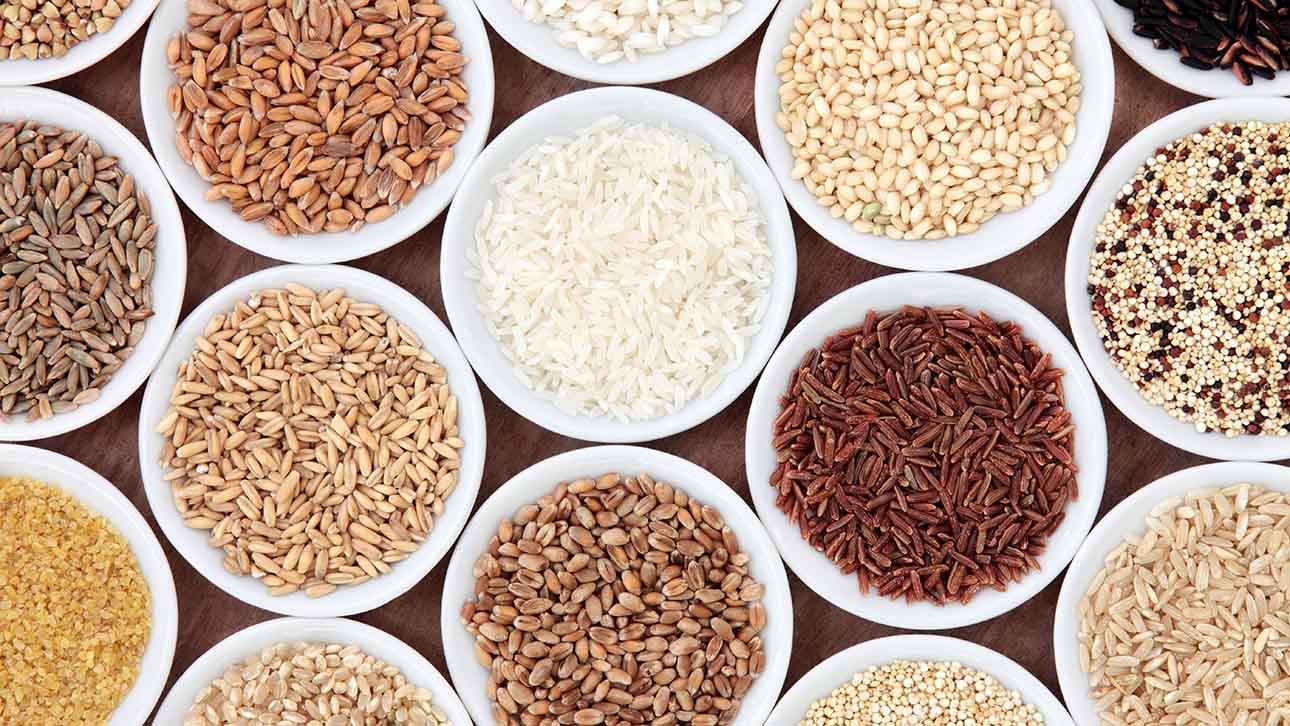I sometimes get emails from people asking why I use quinoa, amaranth and buckwheat in my recipes. Many people have been told, or believe, that these ingredients are grains and so they wonder why I use them, especially on a website called “Grain Free Living”.
What are Pseudo-cereals?
Buckwheat, quinoa and amaranth are seeds, not grains. They are in the category called pseudo-cereals meaning they are cooked, used and commonly referred to as a grain. They are “fake” grains. They are often referred to as a “whole grain” because of their high nutritional profile and the fact that they are used and prepared in a very similar way to true whole grains like brown rice or whole wheat.
Chia seed is also considered a pseudo-cereal, as is wattleseed and breadnut.
Why do I use them?
I have posted about this issue on my website before when I wrote…
we started a grain-free way of eating nearly two decades ago, at a time when eating “hardcore gluten free” food was not as accessible and as common as it is now. The paleo movement was not commonly known about in Australia, alternative grains like quinoa were new, expensive and hard to find. At the time our understanding of what was and wasn’t a grain wasn’t nearly as refined as what it is now. Our naturopath gave us the go ahead to eat pseudo cereals (quinoa, amaranth and buckwheat), so we embraced that approach for many years.
Why do many people consider pseudo-cereals grains?
Many people assume buckwheat, quinoa and amaranth are grains as the Paleo, GAPS and SCD diets, which are the largest movements of grain free, do not allow any of the pseudo-cereals and usually group them with other whole grains. They are also considered grains because they are cooked and used like a grain, and are often included in lists of nutritious whole grains.
What is the evidence that pseudo-cereals are not grains?
You can look at my original posts on Quinoa is a Seed, not a Grain here, and Buckwheat is a Seed, not a Grain here. Essentially they both provide a quick list of a few of the online resources explaining that they are seeds, not grains, written by those who have the qualifications and education to be considered experts in the subject, and who explain the issues, including the science, far more eloquently than me.
I haven’t got around to writing up amaranth yet but same principles apply.
Whats the caveat? A rose by any other name…
So technically they are not grains, and many of my recipes on this website, especially the really old ones, use them. They are an excellent, highly nutritious gluten-free alternative for those who for a variety of reasons (nut allergies or salicylate sensitivity for example) cannot use nut flours. However, the “Seed or Grain” argument is really at the end of the day just semantics.
A classification or definition isn’t what tells you if you should eat it – your body’s response is the key indicator
If you are following GAPS, SCD or PALEO diets, then you won’t be eating pseudo-cereals. In fact, many people with immune problems still don’t respond well to these seeds/pseudo-cereals and don’t eat them. There are many reasons why certain foods should be avoided besides the fact that they are grains. Paleo, GAPS and the SCD avoid many ingredients for other reasons than the “grain” category. Starch/carbohydrate composition is one reason. The fact they are a (seed) crop not used by hunter/gatherers is another.
My current viewpoint is that pseudo-cereals, while technically not a grain, are best viewed as a great gluten-free option, and definitely preferable to nutritionally bankrupt alternatives such as rice flour or cornstarch.
The breakdown in my own family, which shows what works for one person doesn’t work for another.
I do better if I avoid the pseudocereals. I will eat them very occasionally but most of the time I am low carb paleo in my approach, which works better for me and my health issues.
My husband and children eat the pseudocereals. They like them and they do better with a high carb approach.
This website doesn’t represent any one particular grain free approach and reflects the journey of many years as we work to make the best of our genetic imperfections. As we have been grain free for so many years, we have developed a pretty good handle on what works for us and what doesn’t. And that is really all this website is – my personal journal outlining our personal experience of dealing with healing Crohn’s Disease and Hashimoto’s through avoiding grains.
I don’t generally post the recipes that are more aligned with a paleo or “true grain-free” approach. I post the ones that I want to refer to once in a while and also those that gluten-free friends and family enjoy and like to have online for an easy reference. My recipes also reflect hidden background stories. For example, many of my recipes are low food chemical and nut free because for a long period I could not cook using salicylates or nuts and had to develop an alternative approach. It was a difficult period as nut meals are so fun and delicious to cook with. I’m glad that time is over but the recipes remain as a marker of that time and have been greatly appreciated by other parents who are cooking for children who have similar issues to mine.
